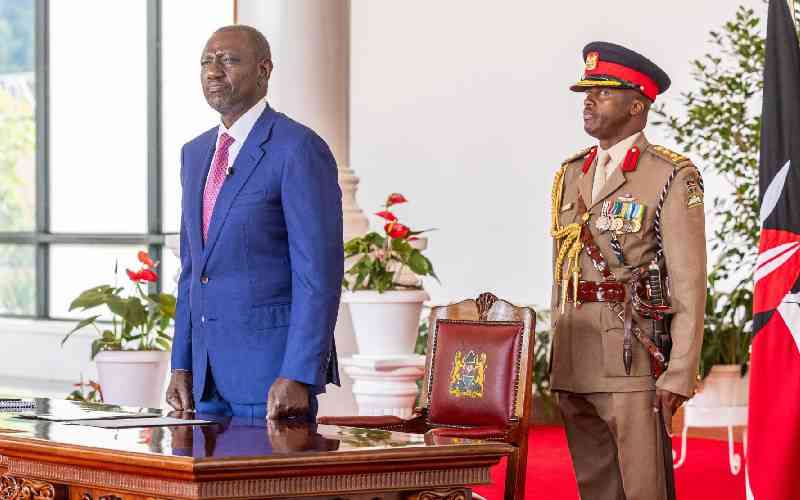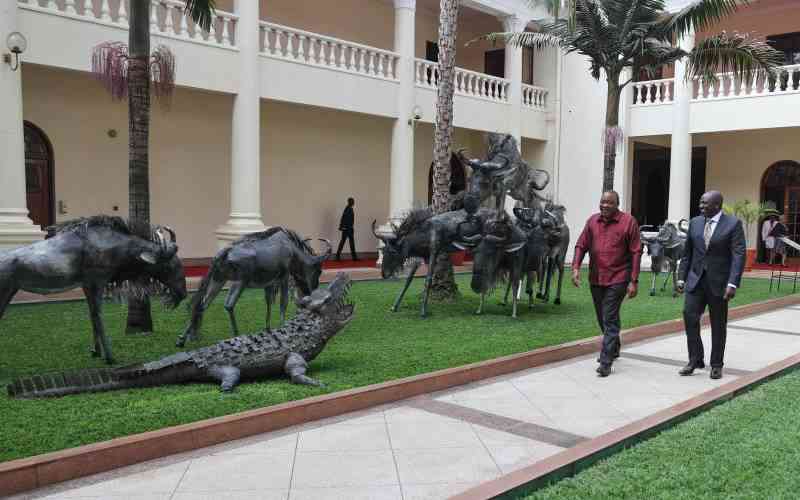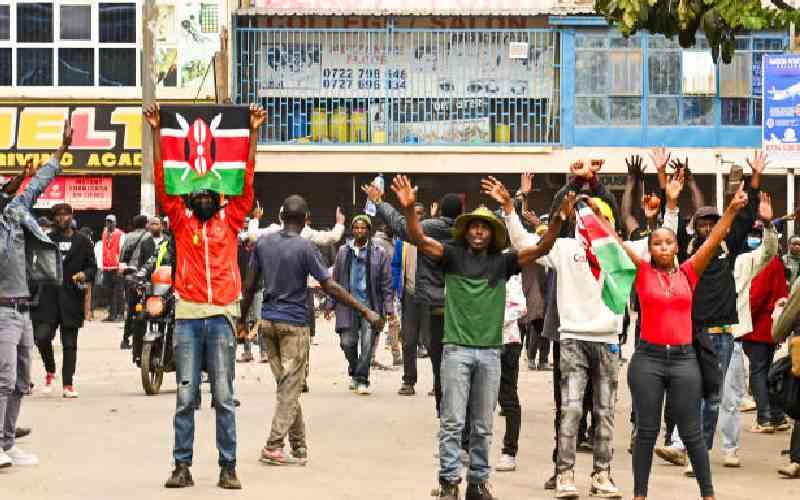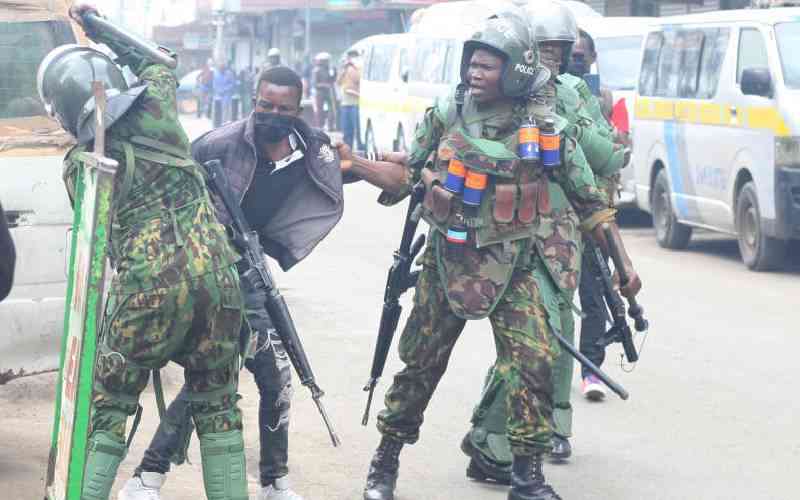
June 25th has firmly cemented its place in Kenya’s national consciousness. It’s a date now synonymous with the growing power of its youth.
The events of June 25th, 2024, and commemorations in June 2025 are not just fleeting moments; they are, undeniably, remarkable chapters in a global story of young people forcing changes in national politics. Kenya finds itself at a critical point, facing an anger that mirrors historical youth-led movements.
The similarities between Kenya’s current situation and the May 1968 student protests in France are quite striking. In Paris, young university students, tired of government repression and poor living conditions at their universities, lit a spark.
Their activism resonated with the working class, also frustrated by stagnant wages and difficult working conditions. What began as student unrest quickly escalated into a general strike involving millions, bringing the country to a standstill. The police tried to violently suppress the activism, but this only fuelled more outrage. By the end of May, then President Charles De Gaulle had to temporarily seek refuge in a military camp before returning and dissolving the National Assembly. While De Gaulle’s party won the subsequent elections, his authority was terribly weakened, and he eventually resigned.




The French Revolution of 1968 was not in vain. It led to increased investment in education, more social protections, improved worker wages, and better general living conditions. Then recall the tragic events of Tiananmen Square in China in 1989. Student-led protests, backed by a wide hunger strike among students, gained significant support from the working class and intellectuals. After weeks of confrontations, a decision was made to clear the demonstrators from Tiananmen Square, setting the stage for a bloody clash with the public. Hundreds of people died.
While the French Revolution of 1968 led to visible reforms that changed the nation’s course for the better, in China, it was the opposite. The government instead invested in more police riot control units. Political expression rights were limited, with stricter control over media coverage, creating a lasting atmosphere of authoritarianism.
Kenya’s Gen Z, much like their French counterparts of ‘68, are stating their grievances. However, comments from Interior CS Kipchumba Murkomen are a clear indication of the likely path and give a chilling signal that those grievances matter less. This mirrors the rhetoric of regimes that chose the “China route,” prioritising control over dialogue and reform. The nature of these protests in Kenya is evolving; day by day, everyone finds a reason to be part of them. The ultimate peak, as it appears, could be a massive demonstration that knows no bounds.
Kenyan authorities stand at a crossroads. Will they choose De Gaulle’s path, acknowledging the legitimate grievances of their youth, initiating dialogue, and implementing genuine reforms? Or will they opt for the Tiananmen approach, characterised by violent suppression, limited freedoms, and a widening gap between the government and its people? The answer will undoubtedly shape Kenya’s future for generations to come.